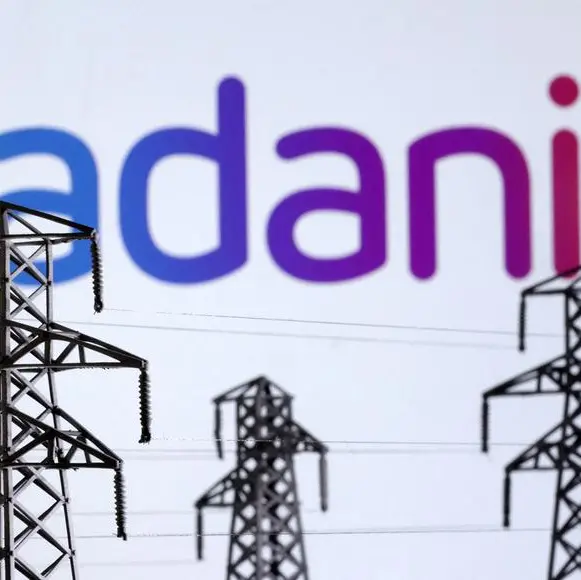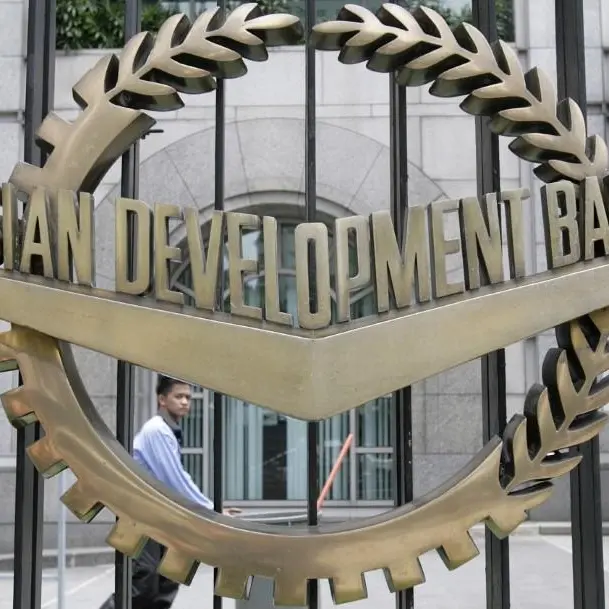It looks like the recent recovery in the cyclical metals has ended already. Prices dropped between 1.5 percent and 3 percent yesterday, following a threat by President Trump to raise proposed tariffs on Chinese imports from 10 percent to 25 percent.
We see trade tensions between the U.S. and China as the trigger of the metal sell-off, but believe increasing fears of a slowdown in China, not primarily because of the tensions but rather because of deleveraging, have become the dominant driver.
While the authorities already engaged in monetary and fiscal stimulus, this week’s statements from the Communist Party’s Politburo meeting were taken negatively as it still stressed the need for deleveraging. Arguably, this added to yesterday’s drop.
Within the metals, copper was hit the hardest as the market shrugged rising risks of a strike at the world’s largest mine, Escondida in Chile. As reported this morning, the workers rejected the latest offer, leaving government-led mediation as the only way to avoid a strike. Yet, even in case of a strike, we would see little lasting upside for copper from current levels.
Historically, prices usually rose ahead of a strike as it was anticipated by the market but remained flat during the strike. Overall, we believe sentiment in the copper market has cooled markedly since the turn of the year. Growth optimism has faded as trade tensions mounted and fears of a slowdown in China increased. Against that backdrop, prices are unlikely to receive another sentiment boost and should remain rangebound.
Cyclical metal prices dropped yesterday, following a threat by President Trump to raise proposed tariffs on Chinese imports. Copper was hit the hardest, shrugging off rising risks of a strike. Yet, even in case of a strike, we would see little upside from current levels as prices are unlikely to receive another sentiment boost.
Any opinions expressed here are the author’s own.
Disclaimer: This article is provided for informational purposes only. The content does not provide tax, legal or investment advice or opinion regarding the suitability, value or profitability of any particular security, portfolio or investment strategy. Read our full disclaimer policy here.












